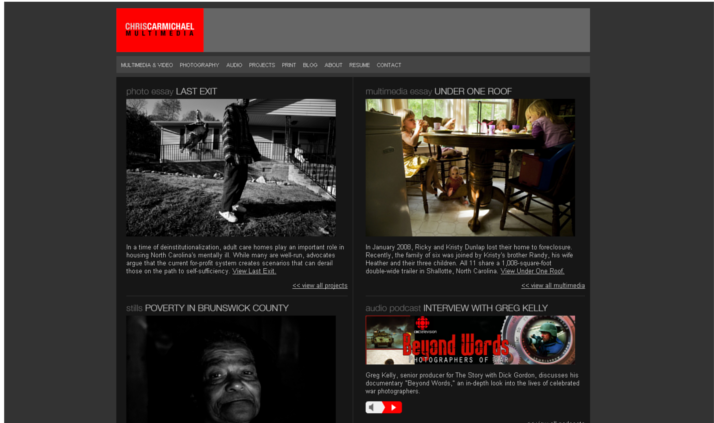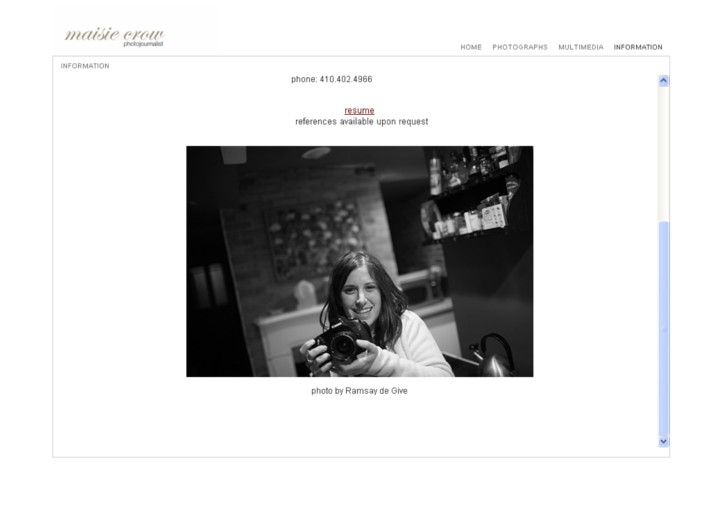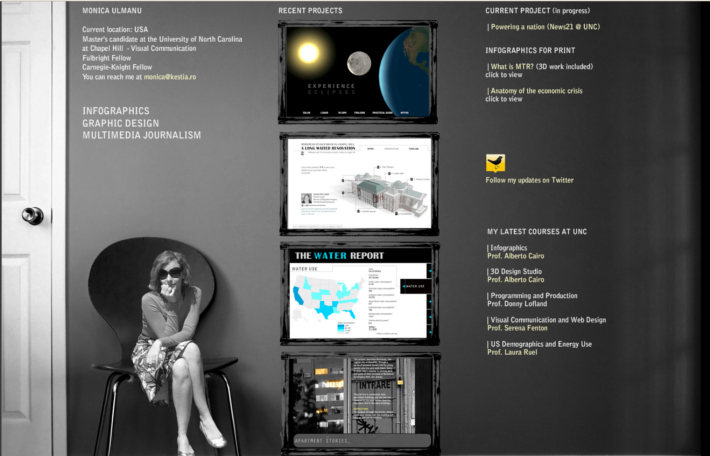Making things happen
“When 900-years-old you reach, pithy phrases will you come up with.”
Ok, so a bit of hammy self-help from Master Yoda there, but he makes a good point. We’ve looked at branding and business, and the craft skills like audio and video, but they all mean nothing in the scary and ever shifting new world of journalism if you’re not prepared to do something with it.
If you’re trying to get your first job particularly, or going freelance especially, you have to be able to make things happen for yourself. This final post has little to do with journalism, but might be the difference between getting your vital first commission and spending your day in the company of Jeremy Kyle crying into your supernoodles.
1) Have goals – big ones
We’ve all got goals, right? Clear that debt, get that promotion, get that pay rise.
But what about dreams? They’re the goals which set your sex on fire. They get your heart racing with excitement and have you muttering to yourself, ‘that would be awesome… but I could never do that’.
It’s the novel you’ve had in the back of your mind to write one day; the photo essay you’d love to go and make in Chad; the media start-up you’d love to get going…
Point is, dismiss them as you may, big goals are what really get us going; once we’re on the track to doing them, they get us out of bed in the morning.
Life coach Jeff Archer says choosing big goals is vital: “Creating a future that excites you is of vital importance. If your future doesn’t excite you, then why go to all the time and trouble of making things happen?”
And Lindsey Agness at the Change Corporation agrees the goals must be ‘compelling’. She also says they must be all of the following:
- Specific: ‘clearly define what you are going to do’
- Measurable: ‘if you can’t measure it, you can’t manage it‘
- Achievable: ‘they should be within the bounds of possibility for you’
- Realistic: ‘set the bar high enough to find out what you are capable of, but not so high you get frustrated’
- Timed: ‘set a clear time frame for the goal’
So in practice this means avoiding goals like: ‘I will get a couple of articles published before Christmas’, and instead going with ‘I will pitch two written articles and one photo-essay every month’.
2) Write things down
Things start happening when you write them down. Apparently this has been proved by researchers at Harvard, who split a graduate class into those that had written down their plans for the future and those that hadn’t. And revisiting them 10 years later, the ones who had achieved what they wanted were those who put a pen to paper.
Mechanically, writing down ideas, dreams, plans on paper gets your mental juices flowing. You start to visualise what it might look and feel like to achieve them. And then you start doodling how to get there. The next thing you know you’ve got a list of steps to take to get you on your way.
And other people recommend keeping a journal, if you don’t already. Back to Jeff Archer: “Once you make yourself consciously aware of the highs and lows of each day you decide specifically what changes you’d like to make to make sure you can increase the positive and decrease the negative.”
On a practical level it means a quick post-mortem of your day or week and it keeps you focused on why you set out to do this all anyway.
3) Visualise the process – and the result
Rehearse doing things and rehearse them going well.
The first part is as simple as going through the things you need to do (not plan) the next day: the phone calls you need to make, the film you need to edit, the blog you need to write; picture yourself in your head, sitting down at your desk making those things happen. Alternatively you can write down the steps and describe what it’s like to carry them out. Rehearsing those steps makes them easier to do the next day.
The second part is all about visualising success. Athlete’s vividly visualise winning the 100m sprint until they can almost taste the sweat and feel the flag in their hands. Career coach Jonathan Fields, who’s written ‘Career Renegade: How to Make a Great Living Doing What You Love’ says this part is very important in overcoming any self-doubt:
“Repeatedly visualising a deeply sought after goal, seeing, feeling, hearing yourself accomplish this goal, over and over, has a profound effect. It conditions you slowly away from self-doubt and disbelief and moves you increasingly towards belief.”
4) The Dr Pepper test
This is asking yourself the question: what’s the worst that can happen? Taking the plunge, quitting your job, starting a company, even cold-calling some editors – they’re all scary obstacles. If you’ve thought about going freelance, or retraining, no-doubt you’ve thought quite hard about failing:
- running out of money
- not getting a job interview
- not getting any commissions
- getting kicked out of your flat
- defaulting on your mortage
- giving up
These are the classic scenarios played out by a part of our mentality the NLP lot call the ‘limiting mind’. It’s the voice in your head which says ‘naahh, that’s too difficult’, ‘it’ll never work‘, ‘you? a novelist? give over’. Sadly for many people the limiting mind wins and we talk ourselves out of doing something risky.
How to overcome it? The answer, suggests Jonathan Fields, is to visualise and quantify failure – but only once. Sit down and write out exactly how failure would happen – if the worst came to the worst how long would you keep going? What would happen when you ran out of money? Where would you go?
You should (hopefully) realise that in fact you will always have a place to stay, you can always get another job, and failure isn’t that bad at all. When you stop being afraid of failing, you are unstoppable.
And accept: you will fail. So fail fast, and learn from it.
5) Get messy
Right to business. If there’s one thing I’ve learned the best thing you can do to get started is… to get started. Sounds stupid I know, but my idea of ‘getting started’ was writing lots of to-do lists, creating a financial spreadsheet, reading books on freelancing. Surprise, surprise, nothing happened.
Then I realised I needed to start doing stuff. Ready or not, start contacting editors, start filming, start editing, start writing. Go out there, and do it now! The sooner you start doing things the sooner you get results. And the sooner you fail, so you can get over it.
Too many of us spend time being the proverbial think-tank, when we should be a do-tank.
6) Don’t give up
And for the love of God don’t give up. This is going to be really hard, but as Corey Tennis pointed out it is supposed to be. Being hard done by is what makes us great writers. Pursuing this new world of multimedia journalism – which is right in its infant stages – means an uncertain future.
But any more uncertain than full time jobs and pensions? The recession has dispelled that myth.
When times get tough, read this inspirational piece of gold by freelance writer Tumblenoose:
“Do not give up. Don’t you dare. You’re going to want to. You’re going to think that the security of a paycheck every two weeks is really worth the trade off for working for someone else. Don’t do it, you hear?
“Remember your dream. Remember your bright-eyed, take-the-world-by-storm vision that sent you down the path. Yes, the journey is hard. Yes, you will be discouraged when you feel like nothing is happening, like you aren’t moving forward. Hold your nose and stick through those tough times. Keep working your plan. Keep putting yourself out there. Keep making the connections. Keep building your community. Do not give up.”
The final word
“Life is either a daring adventure or nothing. To keep our faces toward change and behave like free spirits in the presence of fate is strength undefeatable.”





